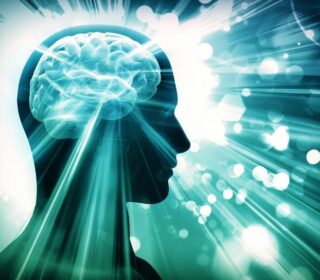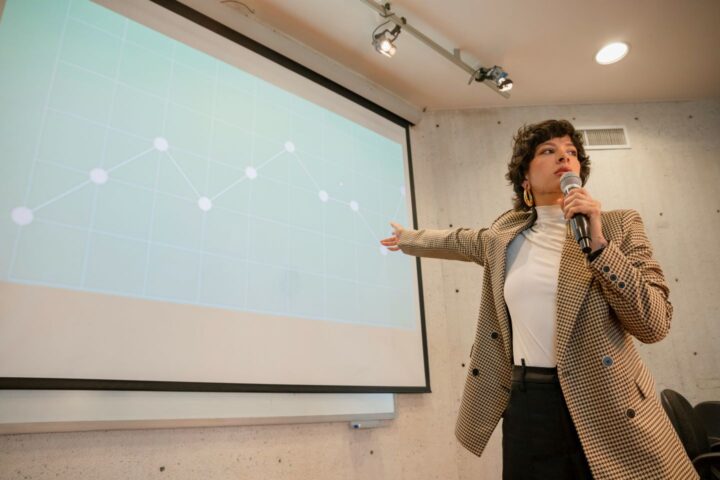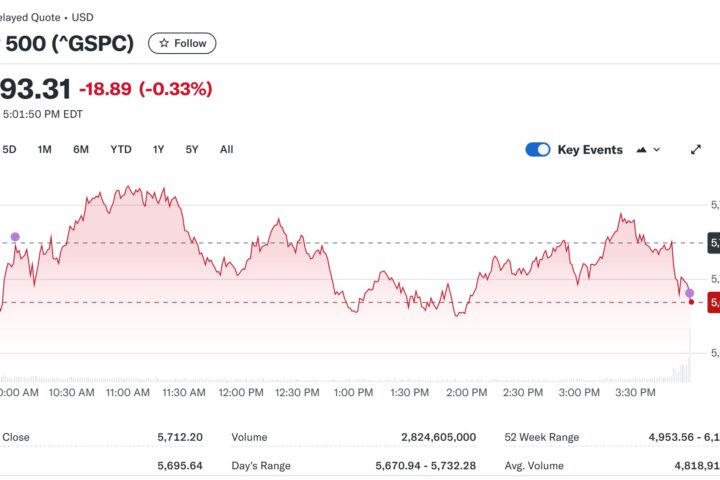Have you ever wondered why life on Earth relies on molecules with specific orientations? This phenomenon, known as homochirality, has puzzled scientists for years. Recently, NASA-funded researchers made a surprising discovery about RNA’s role in life’s preference for left-handed proteins.
Unraveling Molecular Orientations in Life’s Origins
RNA, a molecule thought to have carried the instructions for life before DNA, has been found to support the creation of protein building blocks in both left-handed and right-handed forms. This challenges long-held assumptions and may provide new insights into the origins of life.
The Mystery of Homochirality
Proteins, the essential molecules of life, perform a wide range of functions. Life assembles these proteins from 20 amino acid building blocks, combining them in countless ways to create millions of distinct proteins. Interestingly, some amino acids can exist in two mirror-image forms, similar to how your hands are mirror opposites. Yet, life exclusively uses the left-handed versions of these amino acids.
New Research Challenges Existing Theories
The new research tested RNA molecules that act like enzymes to build proteins, called ribozymes. The experiment demonstrated that ribozymes can favor either left- or right-handed amino acids, indicating that RNA worlds, in general, would not necessarily have a strong bias for the form of amino acids we observe in biology now.
What Does This Mean for Our Understanding of Life?
This discovery deepens the mystery of why life went with left-handed proteins. It suggests that RNA did not initially have a predisposed chemical bias for one form of amino acids. This lack of preference challenges the notion that early life was predisposed to select left-handed-amino acids, which dominate in modern proteins.
Share Your Thoughts
What do you think is the significance of this discovery? How do you think it will impact our understanding of life’s origins? Share your comments below!
References:
- NASA’s Goddard Space Flight Center
- Nature Communications
- University of California, Los Angeles (UCLA) Samueli School of Engineering

















